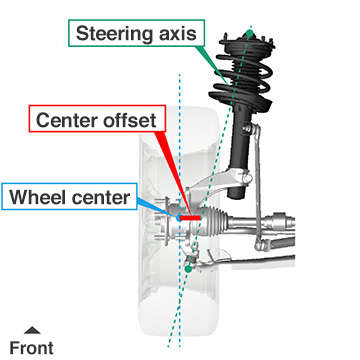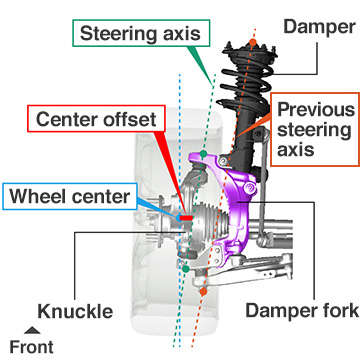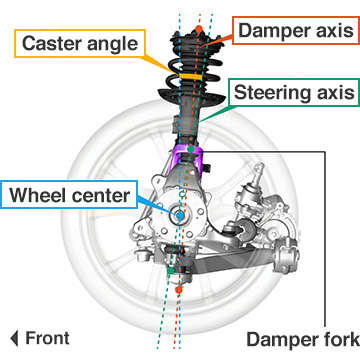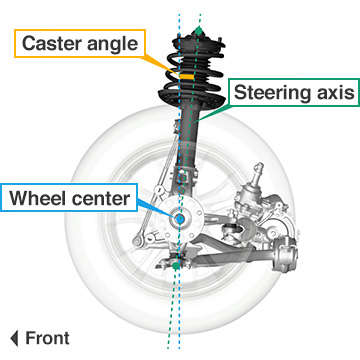One of the most popular request as of this year, surprisingly, has been for suspension upgrades for the newest Honda Civic Type R. We’d love to have our chance to try and improve the factory supplied suspension, but the fact is this new platform isn’t something we can simply jump right into without substantial testing.
We’re sure we can create a coilover kit. That’s not the problem. The problem is making sure what we’re to create is an actual improvement. Honda did a lot of R&D on this Type R, refining as much as they can and implementing some of the latest technologies available. Nearly all aspects of the car have something fairly unique for its segment in the market.
That doesn’t mean that the suspension cannot be improved. As far as mass-production goes, there’s always going to be some type of compromise going on.
Anyway, that’s not the point of this post. I wanted to look into the Type R’s suspension to see what makes it pretty unique. It turns out, while not being the first of its kind, the front uses a very unique Dual Axis Strut Suspension. I searched and found this Honda Worldwide site.
I found a lot of this info intriguing, to say the least. According to this site, this Dual Axis Strut Suspension looks to differ from a standard MacPherson Strut suspension by allowing the strut to be separate of the knuckle assembly, improving the suspension’s geometry. Separating the two allows for them to move separately, so any ill effects of one does not affect the other. They mention about improved center offset, as well as improved steering axis which helps reduce torque steer (a common issue with high-powered front-wheel drive vehicles). Caster angle is also greater, enabling better stability at high speed.

This is a standard strut type front suspension that Honda has been applying to current generation Civics and Accords (as well as some of the Acura vehicles), among other things.

The Civic Type R’s front strut assembly utilizes a separate fork to mate the knuckle and strut units. This provides a more forgiving steering axis as well as improved offset, contributing to better steering feel (reduced torque steer).

Civic Type R front strut assembly. The caster angle is improved and provides better stability at speed.
This all sounds awesome, and seems to be why the Type R is already receiving praise as a fun track car.
When it comes to the dampers, again, Honda spent time to try and incorporate electromagnetic suspension to offer adjustability (a 30% increase in stiffness when in “R” mode! waw). Personally, I prefer our mechanically operated damping using our EDFC system. I don’t thing that there is anything necessarily wrong with electromagnetic suspension (magnetorheological suspension, or whatever they’re referred to).
So, again, this gives us some homework to do in terms of suspension development.

